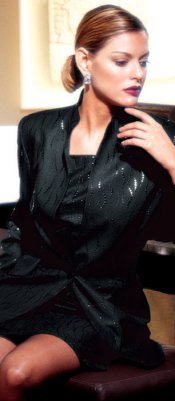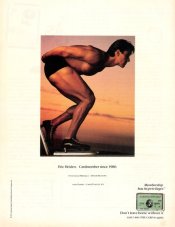If you want to learn lighting the best way, in my opinion, is buy one light with a modeling light (Photogenic perhaps) with a softbox and make a reflector for the shadow side out of a stand and a piece of white foamcore. In case you don't know, a modeling light is a light that has a strobe as well as a constant light which shows the lighting patten. Not the same as a flash that is on a camera, which doesn't have the modeling light.
Then learn how to use it. Broad light, short light, split light, study Rembrandt lighting, learn why you use certain lighting patterns for different circumstances.
Most people buy multiple lights and confuse the hell out of themselves.
In nature, in north window light used by painters, there is only one light and reflected light.
If you don't understand one light, one reflector, you probably will never progress to understand multiple lights.
Every portrait begins with one light.
In my studio I have 8 lights. Most of the time I use one light and one reflector. And even when I use more, I always START the session with one light and one reflector, and then build the lighting from there.
Baby steps.
The other thing you need to define is the definitions of people photography. Some people lump any picture of a person as being a portrait. Some one mentioned Hurrell and his work. Hurrell's famous work is not really portraits any more than a Revlon ad in a magazine is a portrait.
If you don't get the definitions right you can't ask the right questions. Hurrell shot Hollywood glamor pictures. Revlon ads are beauty shots usually done by fashion photographers. These disciplines of photography are not portraits pe se. They used different tools and had different motivations. They rely heavily on makeup to make them work and they rely heavily on extensive retouching.
Portrait work like what Karsh did had little in common with this.
The other thing you have to understand is lighting equipment and light modifiers. Hurrell used hot lights. Very different "quality of light" than umbrellas or softboxes. Fashion often uses large umbrellas placed back so the model can move and "move the clothes". This is far different that portrait photographers who work in close, create lighting patterns on the face from the placement of the lights.
To define what you are trying to achieve you need to see what niche or discipline you wish to pursue.
















